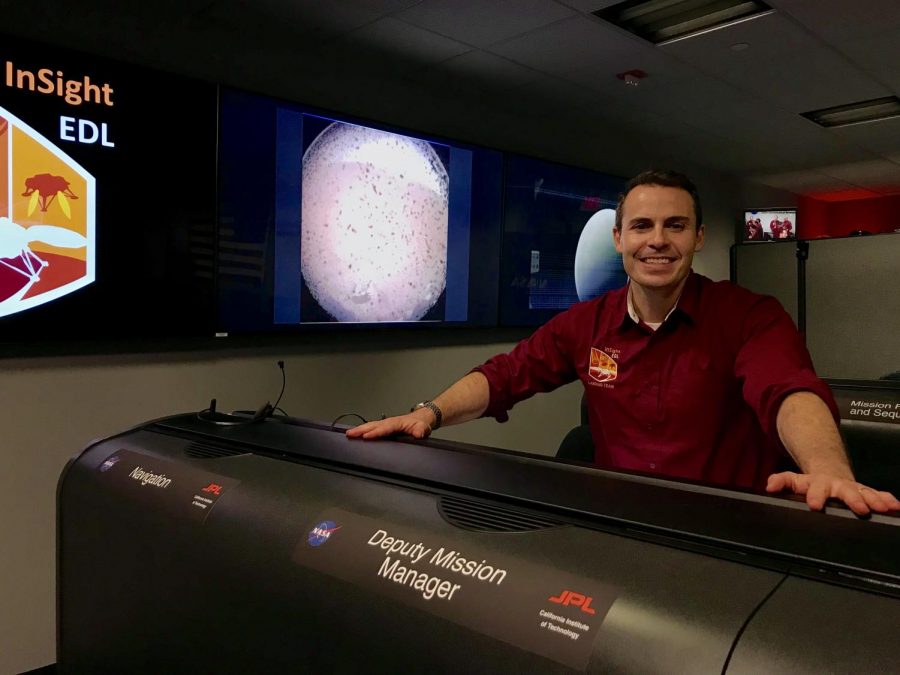Many women partake in breast cancer screenings as a form of early detection. The American Cancer Society recommends women between ages 40 and 54 receive mammograms annually and women above this age range be screened every other year. However, the ACS also justifies the benefits of performing self-examinations—even for those under 40 years old.
Caroline Wall, though in her early twenties, performs self-examinations because breast cancer runs in her family. As the VP of Philanthropy of SLU’s Zeta chapter, Wall held a breast cancer awareness and prevention workshop in Morrissey Hall on April 24 to inform students on how early detection allows for easier treatment plans. Both Wall’s mother and aunt detected their own lumps in stages 0 and 1, respectively, and underwent less extensive treatment.
Referencing the Susan G. Komen Breast Cancer Foundation and the American Cancer Foundation, Wall said that “one in eight women will be diagnosed with breast cancer at some point in her life and also one in every one thousand men. Those who are related to someone who has had breast cancer are more likely to develop it, such as myself.”
She further explained that one’s predisposition to the development of breast cancer can be caused by the BRCA gene, an inherited mutation that increases the risk of one developing either breast or ovarian cancer. Other than the gene, lifestyle choices, such as diet and exercise, contribute to one’s risk.
As part of the workshop, Wall showed several videos on how to correctly perform a self-examination. When assessing for irregularities, one should initially analyze the size of the breasts and unusual dimpling, redness or swelling. Then, lumps should be carefully felt for.
“I wanted to hold this event because I feel like a lot of people don’t have the education to do these super easy things that they can start now, especially when they are approaching an age of risk,” Wall said. “I wanted to relay that information, especially since we have an amazing philanthropy, which is breast cancer awareness and education, that we can do something with and raise money for.”
For more information on breast cancer self-examinations and to learn more about Zeta’s philanthropy, visit the Zeta Tau Alpha philanthropy page at zetataualpha.org/foundation/philanthropy.

